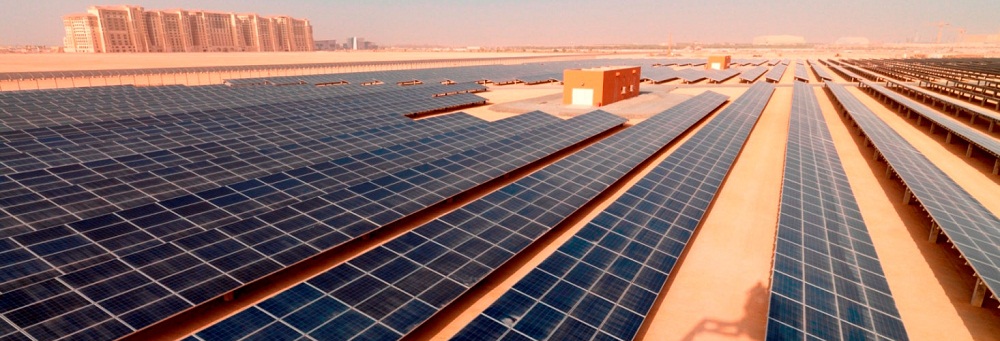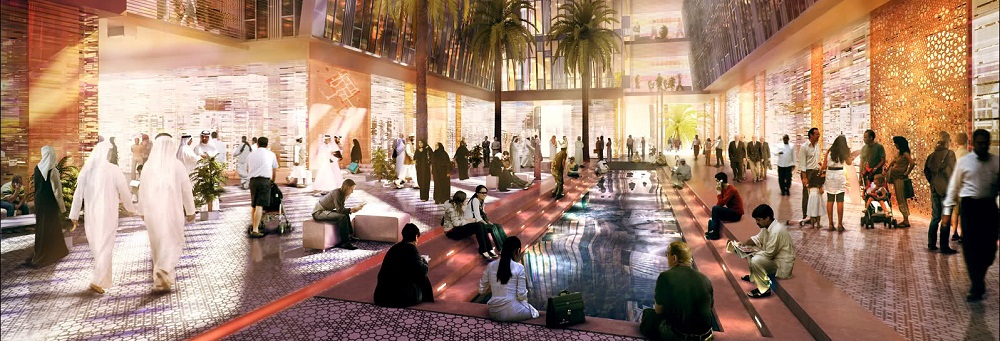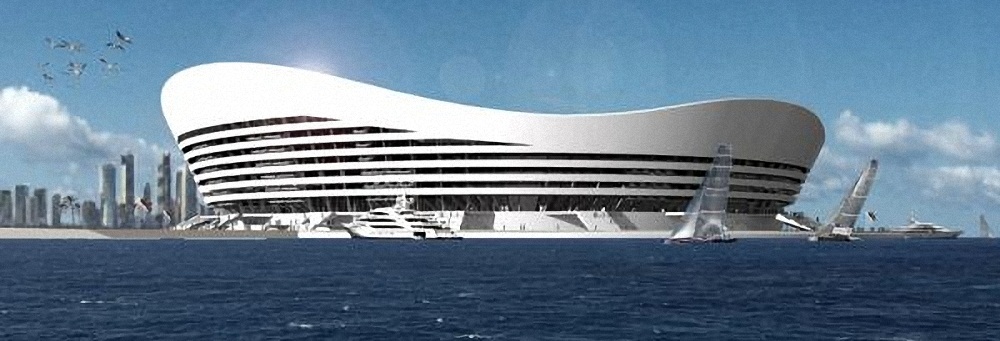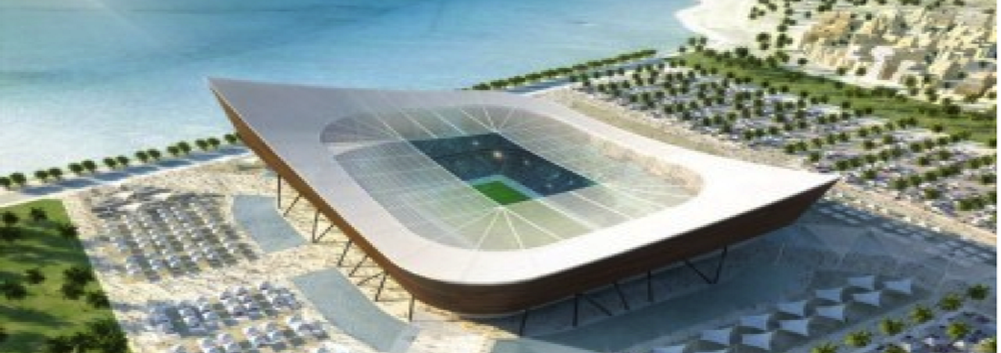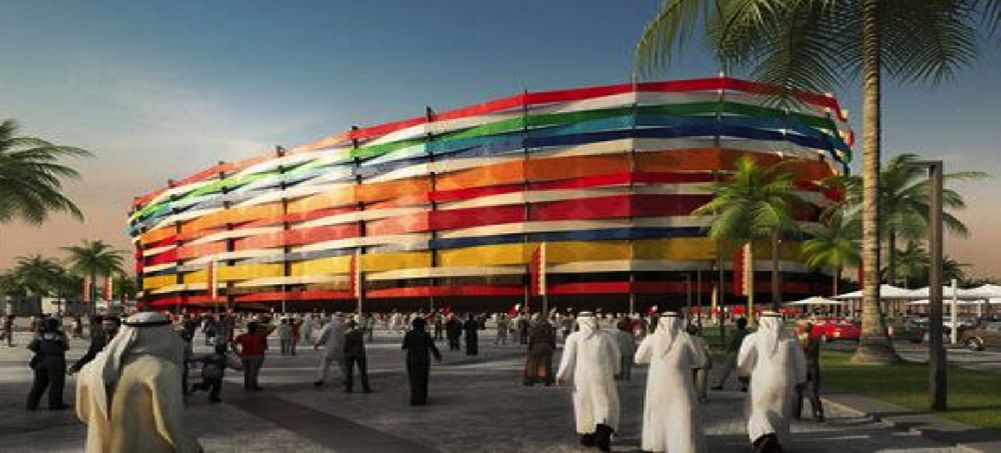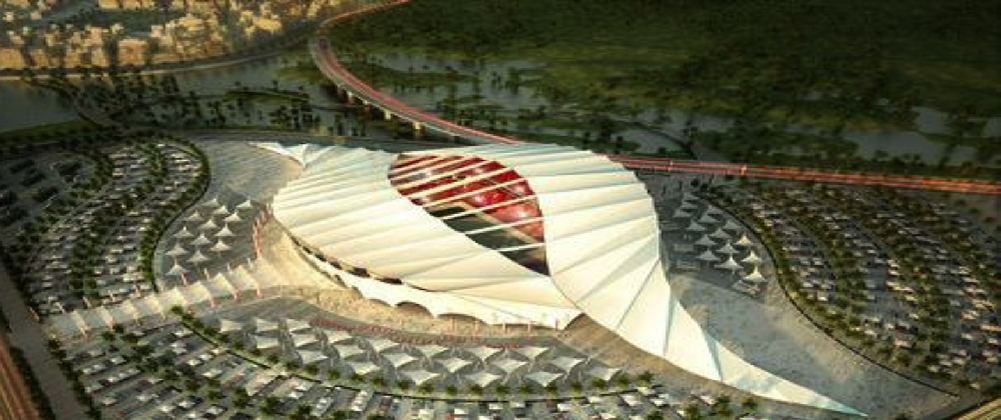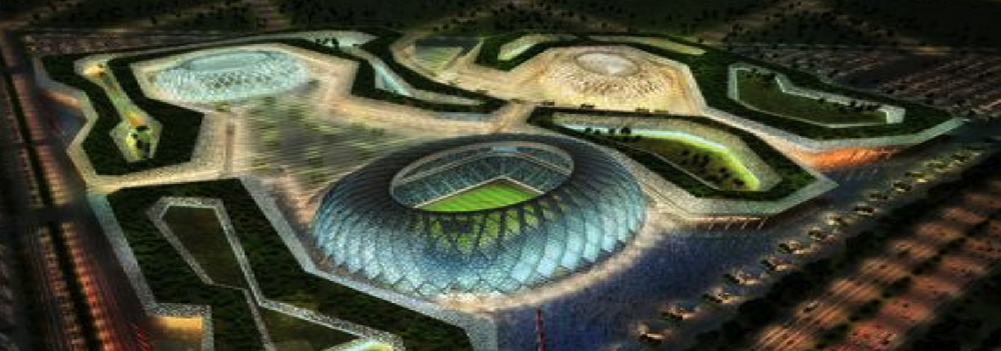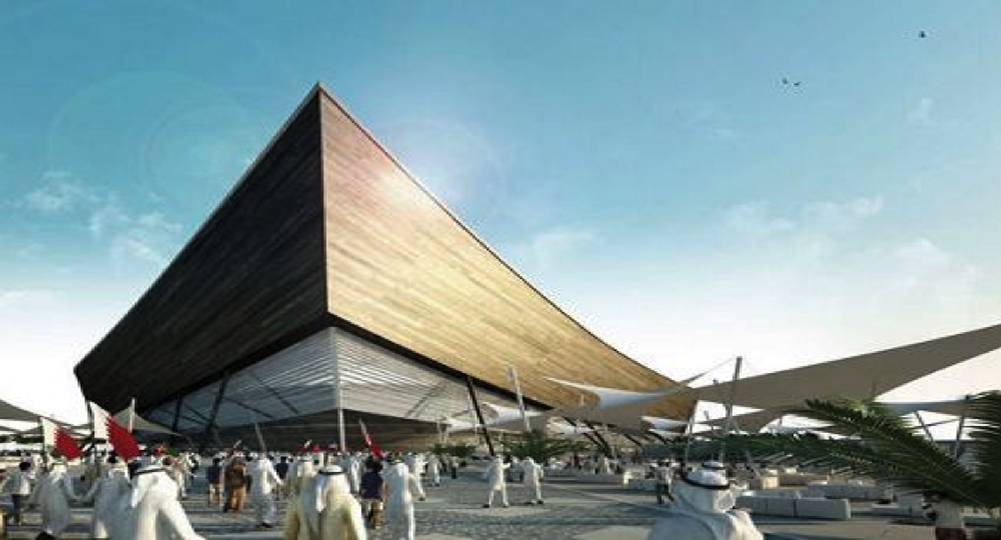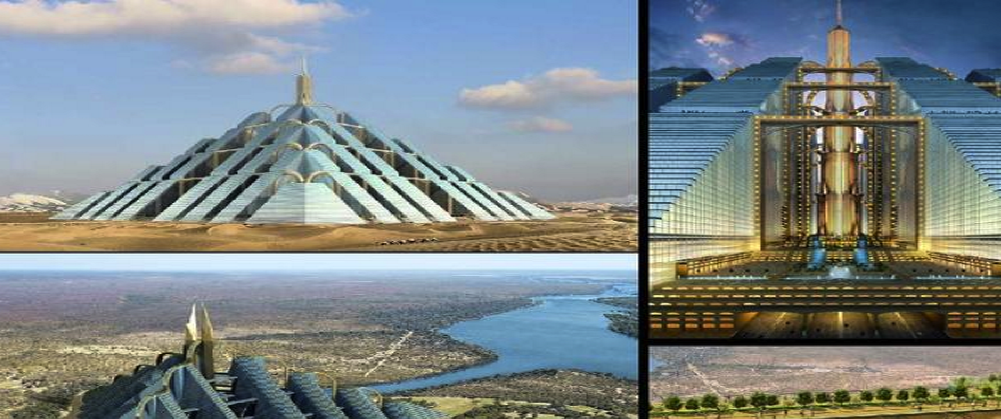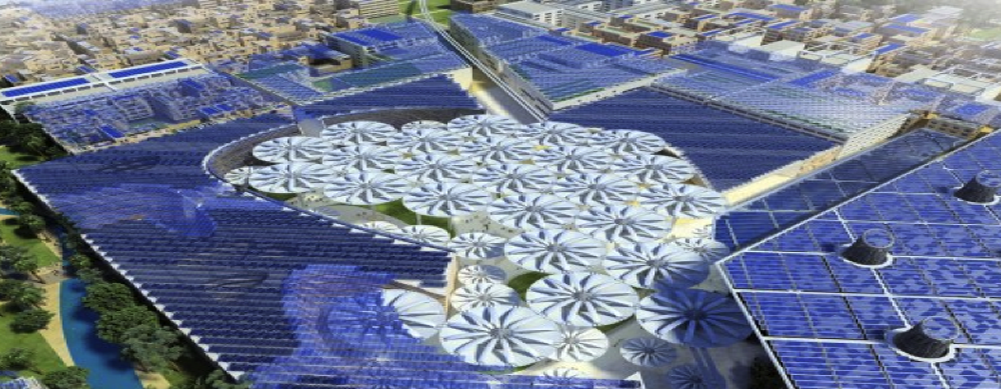News
No current events.
IES NEWSLETTERS
Audit of potentiality
Guestbook
IES Ethical Code - Foreword
This transaction and technological partnership is a step forward: knowledge of the other, a sharing of expertise in the field, and understanding of local issues to build all the steps of co-development in terms of energy and reduce environmental impact and future of global peace.
With the IES, we want to position ourselves as an ethic key player of North-South technology exchange. We obey to the values established on the basis of our experience and respect for the values of each country.
Our identity and behavior are the reflect of these values.
Dr. Chaden Diyab
Director and Founder of IES EMEA

Last article
Rêvons la ville
« Rêvons la ville ». Cette parodie depuis longtemps nous passionne, laissant place à l’imaginaire et à la réflexion logique rationnelle. Cette réflexion ne présente pas juste une utopie mais une vérité et une demande interne de vivre mieux en harmonie avec la nature.
Dans l’histoire Grecque, Aristophane se moquait d’Hippodamos et de la construction au cordeau de la ville de Millet dans la pièce « Les Oiseaux » (414 av.JC) : « Je prendrai mes dimensions avec une règle droite que j’applique de manière que le cercle devienne carré. Au centre il y aura une place publique, où aboutiront des rues droites convergeant vers le cercle même et, comme d’un astre lui- même rond, partiront en tous sens des rayons droit ». Les sages de l’époque fuyaient une cité trop rationnelle, devenue invivable, pour fonder, entre ciel et terre, une ville sans contraintes. Aujourd’hui, organisons-nous encore notre ville sur cette logique mesurée sans prendre une âme particulière à une telle définition ?
Aujourd’hui nous parlons de nouveau des Green Cities, que cache cette notion ?
Une ville qui respire correctement sans le poids des nuages de pollution industrielle ou urbanistique capable de l’étouffer avec le temps.
Une ville capable de gérer ses terres chargées par l’histoire industrielle lourde grâce à une dépollution à la source de son milieu (bactérie capable de manger la pollution métallique et ou encore des plantes qui digèrent la pollution anthropique).
Une ville capable de caresser le visage de soleil et absorber le vent grâce à l’installation sur le dos de ses bâtiments des plateaux capable d’accueillir les rayons de soleil comme pour construire une sorte de dialogue de Platon : l’image de bien être pour faire fonctionner la ville indépendamment de toute une autre sorte d’énergie ….
Un fonctionnement idéologique et utopique où le bien être de soi et la bonneté et la paix envers les autres ne peux se séparer d’une technologie avancée.
L’essentiel peut être là mais nous n’oublions pas que l’essentiel est toujours l’homme en harmonie avec son système technologique développant et sa nature.
Une image qui reste gravée dans ma mémoire est celle de Beyrouth, pendant les conflits de 2007. Cette ville meurtrie par les conflits où ses rues et ses plages souffrent de la dernière marée noire, où son centre-ville et ses bâtiments portent encore les traces des balles de la guerre civile comme pour rester témoins des bêtises de l’homme. Ce jour-là, le 20 juillet 2007 j’ai senti Beyrouth comme une ville fatiguée et accablée par la guerre, cherchant désespérément à oublier son passé et à retrouver sa joie de vivre. Aujourd’hui, j’ai une pensée également pour toutes les autres villes qui subissent la guerre, et où le conflit leur efface une partie identitaire.
Et comment allons-nous reconstruire de nouveau ? Comment nous allons, avec nos technologies européennes, avancer et revisiter ces villes souffrant de la guerre ainsi que d’une planification urbaine non étudiée. Il y a la nécessité d’une construction d’un dialogue humain et technologique pour que nous avancions mais aussi et pour que ces villes avancent.
Une phrase qui m’interpelle est une phrase de Michel Ragon tirée de l’ouvrage « L’homme et les villes » (1995) : « Tout le monde rêve d’une cité idéale. Sauf ceux qui considèrent comme satisfaisante la ville qu’ils habitent. Mais ils sont rares. Aussi rares que ceux qui trouvent parfaite la société dans laquelle ils vivent. Le philosophe dans sa bibliothèque et le déraciné dans son bidonville rêvent d’une ville qui puisse satisfaire aussi bien leur quotidienneté que leurs fantasmes. »
IES Ethical Code
![]() Because good manners and professionalism incopatibles, adopts an ethical code for 2012
Because good manners and professionalism incopatibles, adopts an ethical code for 2012



